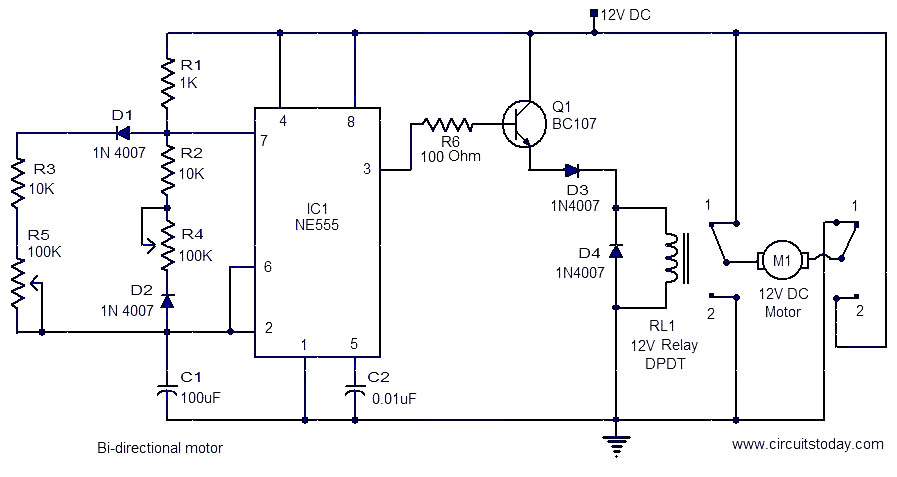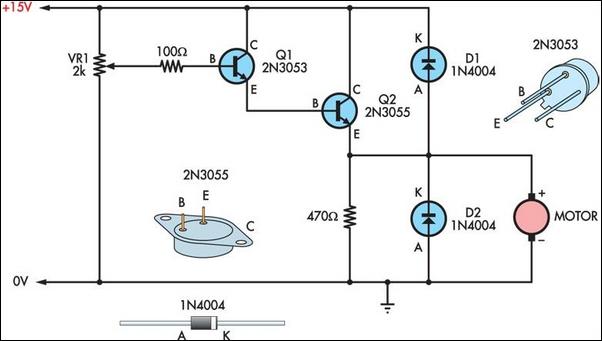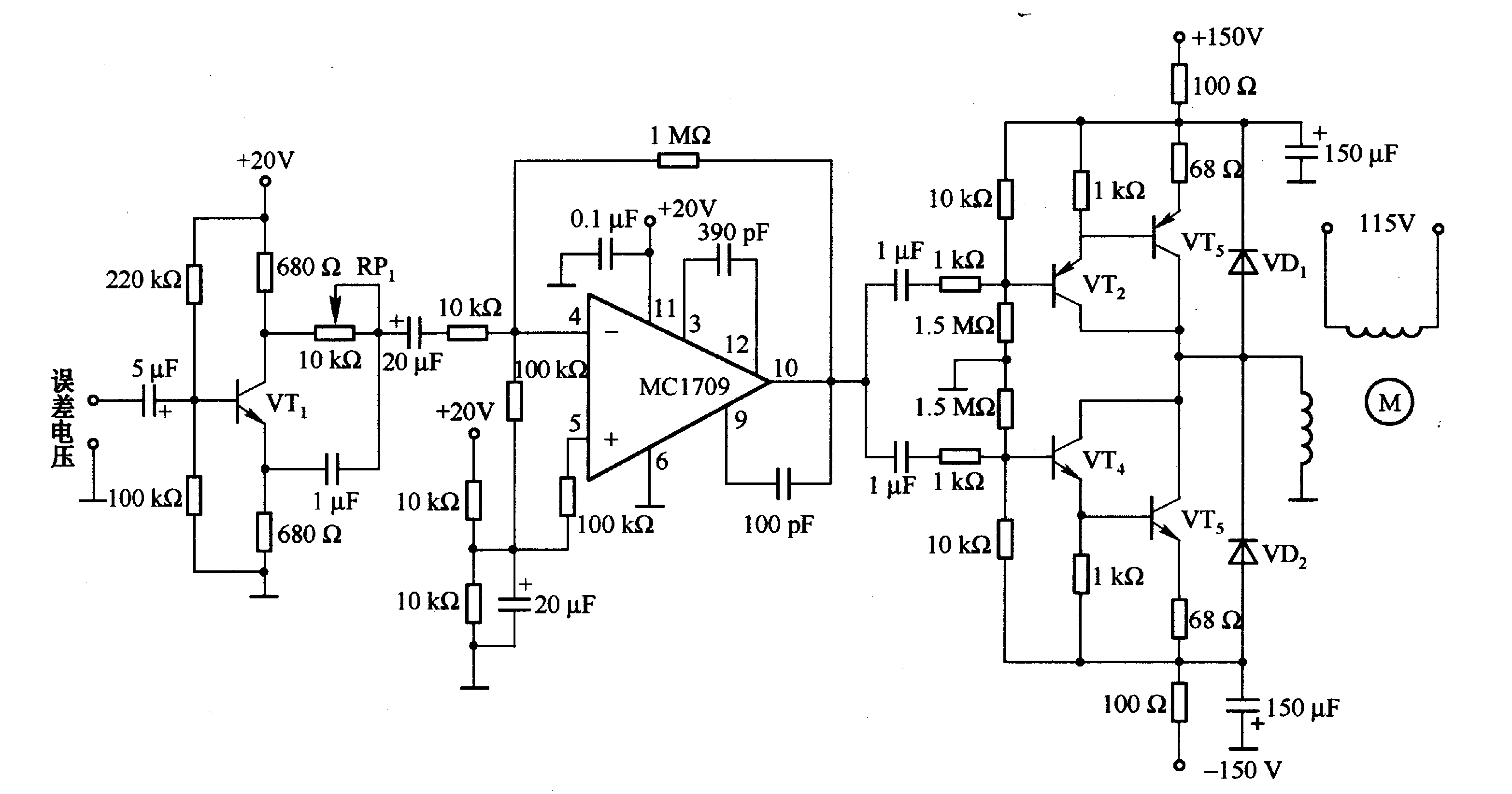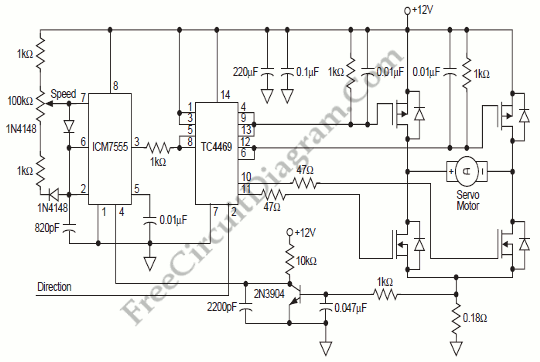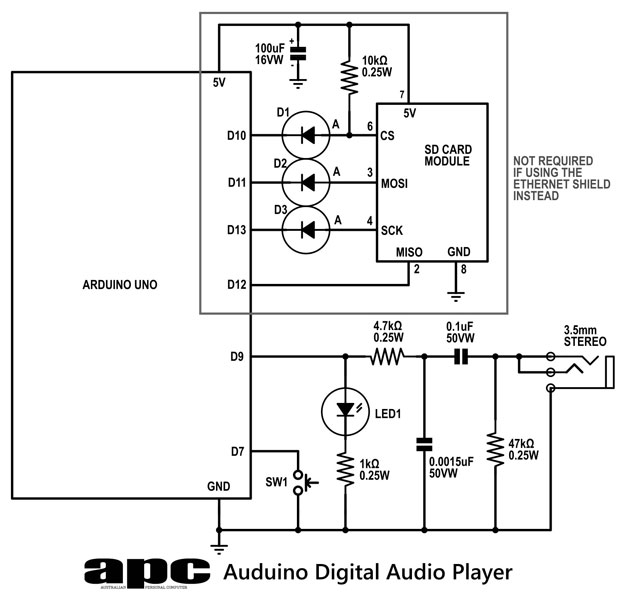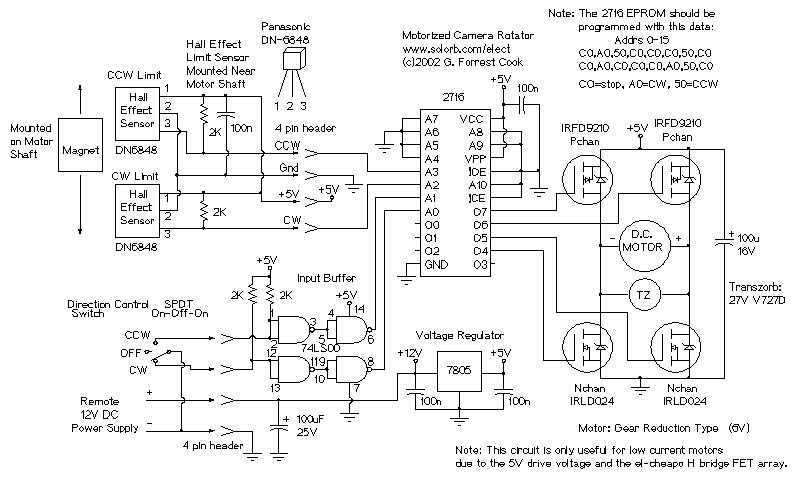
Manually controlling bipolar stepper motor with Arduino and EasyDriver
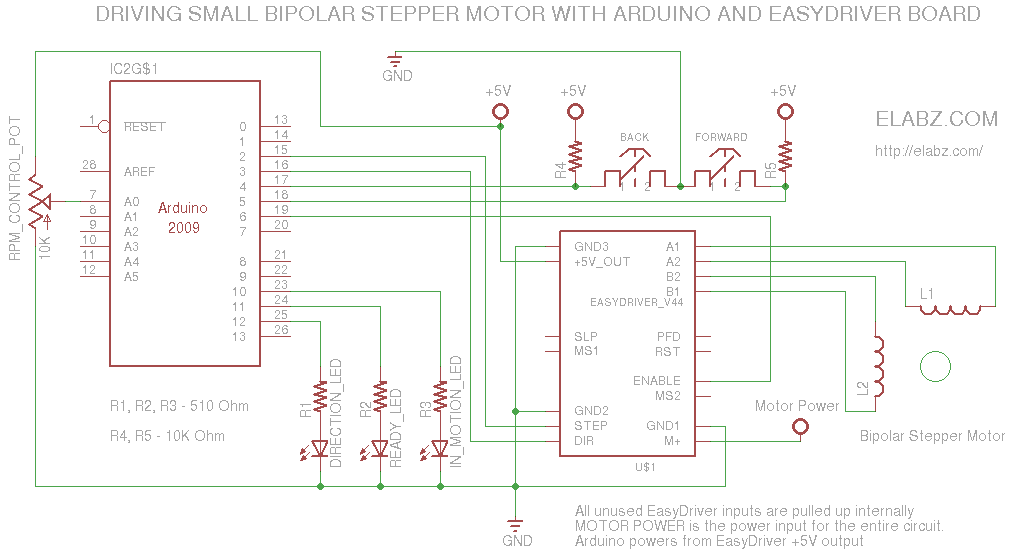
A simple circuit designed for testing bipolar stepper motors or for manual positioning using stepper motors. Schematics, Arduino sketch, and video are available.
This circuit serves as a versatile tool for both testing and controlling bipolar stepper motors, which are commonly used in various applications such as robotics, CNC machines, and 3D printers. The core of the circuit typically consists of an Arduino microcontroller, which provides the necessary control signals to drive the stepper motor.
The schematic includes key components such as the stepper motor driver (e.g., A4988 or DRV8825), which interfaces between the Arduino and the stepper motor. The driver is responsible for translating the control signals from the Arduino into the appropriate voltage and current levels required to energize the motor coils.
Connections from the Arduino to the driver include step and direction pins, which determine the motor's movement and rotation direction. Additionally, the circuit may incorporate limit switches or potentiometers for manual control and positioning, allowing for more precise adjustments during testing.
Power supply considerations are crucial, as the stepper motor requires a specific voltage and current rating to operate effectively. A suitable power source should be selected based on the motor specifications, ensuring that the driver can handle the load without overheating or damaging the components.
The Arduino sketch typically includes libraries that facilitate the control of the stepper motor, providing functions for setting speed, acceleration, and the number of steps to move. This software component is essential for executing the desired movements and testing the motor's functionality.
Overall, this circuit is an effective solution for users seeking to test and control bipolar stepper motors, offering both hardware schematics and software support to streamline the development process.A simple circuit that can be used for testing of bipolar stepper motors or for manual positioning using steppers. Schematics, Arduino sketch and video here 🔗 External reference
This circuit serves as a versatile tool for both testing and controlling bipolar stepper motors, which are commonly used in various applications such as robotics, CNC machines, and 3D printers. The core of the circuit typically consists of an Arduino microcontroller, which provides the necessary control signals to drive the stepper motor.
The schematic includes key components such as the stepper motor driver (e.g., A4988 or DRV8825), which interfaces between the Arduino and the stepper motor. The driver is responsible for translating the control signals from the Arduino into the appropriate voltage and current levels required to energize the motor coils.
Connections from the Arduino to the driver include step and direction pins, which determine the motor's movement and rotation direction. Additionally, the circuit may incorporate limit switches or potentiometers for manual control and positioning, allowing for more precise adjustments during testing.
Power supply considerations are crucial, as the stepper motor requires a specific voltage and current rating to operate effectively. A suitable power source should be selected based on the motor specifications, ensuring that the driver can handle the load without overheating or damaging the components.
The Arduino sketch typically includes libraries that facilitate the control of the stepper motor, providing functions for setting speed, acceleration, and the number of steps to move. This software component is essential for executing the desired movements and testing the motor's functionality.
Overall, this circuit is an effective solution for users seeking to test and control bipolar stepper motors, offering both hardware schematics and software support to streamline the development process.A simple circuit that can be used for testing of bipolar stepper motors or for manual positioning using steppers. Schematics, Arduino sketch and video here 🔗 External reference
